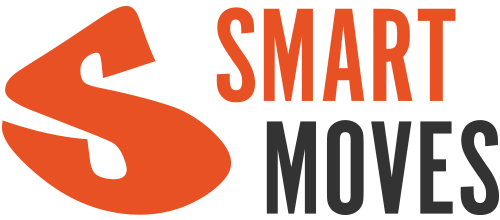The physical burden of work
Workers in industries such as construction, agriculture and forestry, cleaning, nursing and health care and sales, experience physical strain of the work the most. Good physical condition helps you to cope better at work as well as in your free time. On the other hand, the high perceived physical load of work can have a detrimental effect on expected working age, and increase the amount of sick leaves.
Work is more often perceived as physically straining when it includes:
- Heavy lifts
- Difficult working postures
- External adverse factors in the work environment
- Repetitive movements
- Exposure to irritant or corrosive substances, fumes, gases and vapors
- Rush
- Three-shift work
Recovery
Good physical condition promotes coping at work and the recovery from work. The appropriate limit for workload is considered to be about one-third of one’s maximum capacity of physical fitness.
Being able to cope at work, and recover from work is important from many different points of view.
- Good ability to work helps to maintain and promote work motivation and overall health.
- When the work day is not too stressing, there is still energy left for leisure time, hobbies, friends and family.
- Constant stress and poor recovery can cause exhaustion and increase the risk of health problems.
Assessment of the work load
The load levels of various activities and tasks can be estimated by utilizing MET (metabolic equivalent = multiple of resting metabolism). One MET corresponds to the body’s metabolism at rest. For example, when standing, the MET value is 2, causing the body to consume twice as much oxygen and energy as when resting. Thus, the load of the work done while standing is about 2 MET and correspondingly the load of heavy cycling or running can be more than 15 MET. In this case, the body uses about 15 times more oxygen and energy than at rest.
Promoting the physical ability to work
- Improving the condition of the cardiovascular system promotes the physical condition and theability to work. In order to promote the ability to work, endurance training is needed, which is essential for the development of the body’s physical condition. For this reason, only working does not promote physical fitness.
- Improving muscle strength reduces the relative load of work. If the work involves heavy lifting or phases where strength is needed, it is even more important to strengthen the muscles.
- Breaks. Taking breaks promotes the recovery already during the working day, and reduces the overall load.
- Lightening of heavy work phases and use of assistive devices. Avoid heavy lifting by dividing lifting into smaller parts. A suitable lifting height, for example in warehouse work, reduces extra lifts and difficult positions.
- Attention to the recovery and rest. Pay attention to the overall workload of work and free time. During the most stressful weeks, it is worthwhile to set aside more time for recovering from things like studying and heavy training.
- Adequate supply to energy and water. An adequate supply of energy is a prerequisite for the recovery of the body. Also, remember to drink enough as fluid consumption in physical work is higher. Even a slight dehydration can impair the ability to function and recover.
Sources:
Brighenti-Zogg ym. 2016. Physical workload and work capacity across occupational groups. PLoS One. 2016;11(5):e0154073.
Cooper, K. 1968. A means of assessing maximal oxygen intake – correlation between field and treadmill testing. JAMA, 203(3), 201-204.
Kutinlahti, E. 2018. MET – energiankulutuksen ja fyysisen aktiivisuuden mittari. Lääkärikirja Duodecim. https://www.terveyskirjasto.fi/dlk01039
Lehto, A-M. ym. 2015. Työn henkinen ja ruumiillinen rasittavuus. STM raportteja ja muistioita 2015:33.
Pederson, J. ym. 2020. High physical work demand and workin life expectancy in Denmark. Occupational & Evironmental Medicine.
